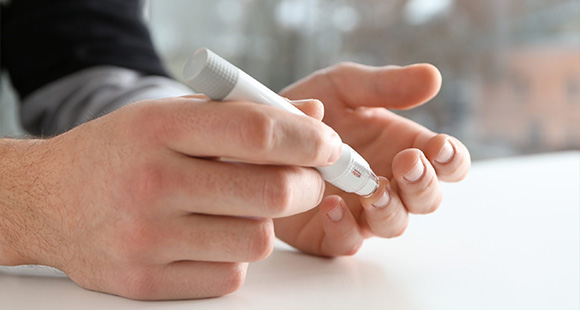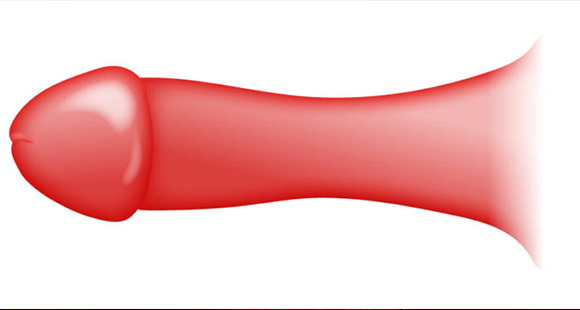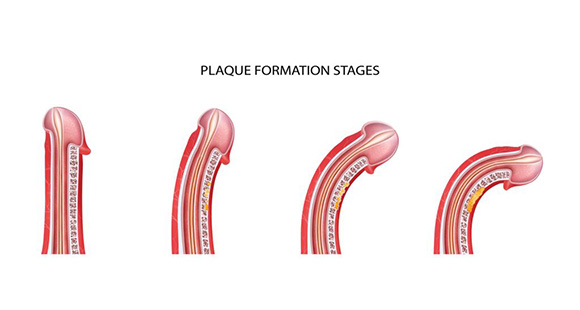
Peyronie's Disease & Laser Therapy
A variety of laser devices have been tried for treating the acute phase of Peyronie's Disease (PD) non-surgically to use the anti-inflammatory and analgesic biological effects of a low-energy laser. Some of the research findings into the effects of using a laser to treat PD have been inconclusive, while patients experienced pain reduction in the acute phase of the disease, changes in penile curvature and in the reduction of plaque size were shown to be temporary.
Other research and our own findings have shown that Focused ShockWave Therapy (FSWT) provides a better outcome.
Find out more how MansMatters can help you
Contact us for a free 20-minute consultation with our men's health specialists.
Arrange a Free Telephone Consultation
Book a Treatment
Receive More Information
Exploring Low-Energy Laser Therapy
Low-energy laser therapy has been suggested for 50-years as a safe, and effective treatment for a number of neurological, musculoskeletal, and soft tissue conditions.
The first use of a laser as a nonsurgical treatment for Peyronie's disease was in early 1980's. The use of a laser for nonsurgical treatment of Peyronie's disease is a little difficult to understand since we usually only think about the heating properties of a laser.

Unlocking the Potential of Low-Energy Laser Therapy
But in order to use a laser on the penis a reduction in the heating effects needs to take place. The biological mechanism by which a low-energy laser can stimulate the regenerative processes is unclear, but it has been suggested that it causes an increase in a number of cellular effects including, collagen and cell proliferation as well as inhibiting fibroblastic activity and collagen formation.
Whether a low-energy laser can help restore these variables to a more normal level remains unknown.

Challenges and Limitations of Low-Energy Laser Therapy
What the most effective dose and type of laser to use was also unclear and the treatment was also not proven in cases of Peyronie's disease with circular and/or transversal plaques (hourglass deformity, complex or ventral deviations) and when calcified lesions were present (the chronic phase).
With the introduction of shockwave treatment, on-going research of low-energy laser therapy was left behind and focused shockwave is now considered the gold standard treatment.

Knightsbridge
Richmond
MansMatters are specialists in non-invasive, nonsurgical procedures. We do not offer surgery but have professional relationships with leading surgical urologists and andrologists who undertake different types of Peyronie's disease surgery. If you would like to know more about surgical options, then please click here.
Surgical Procedures














